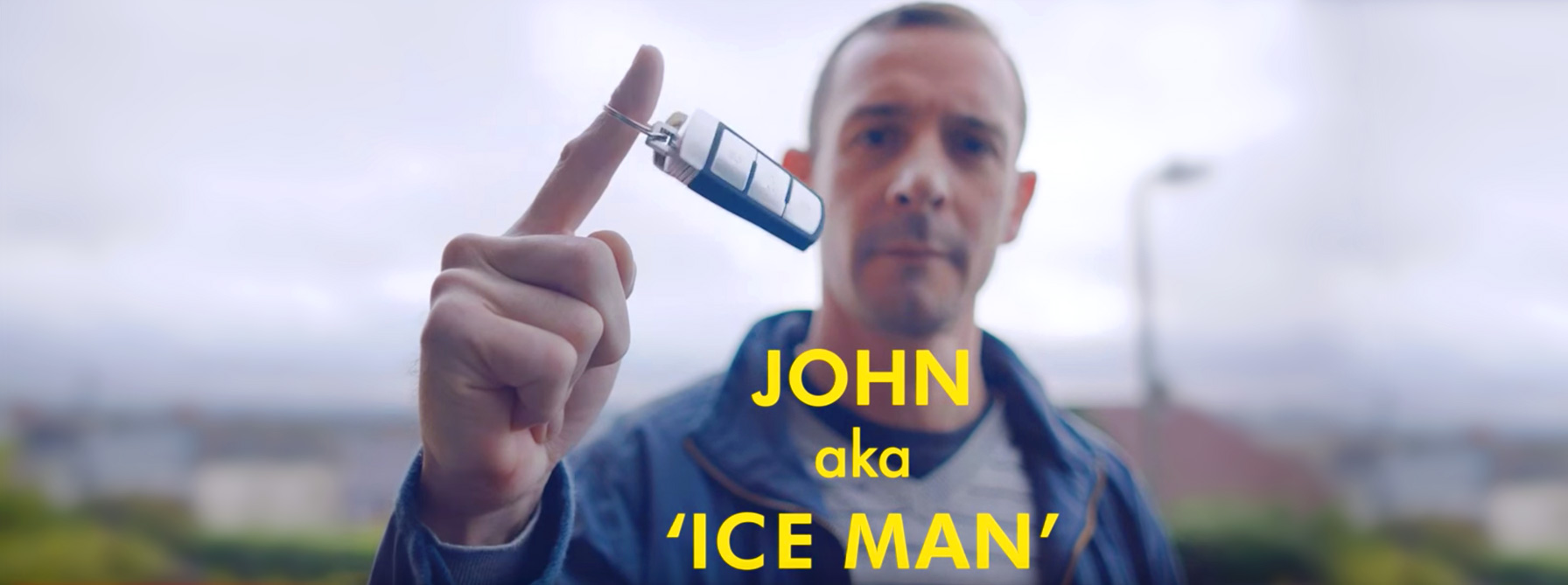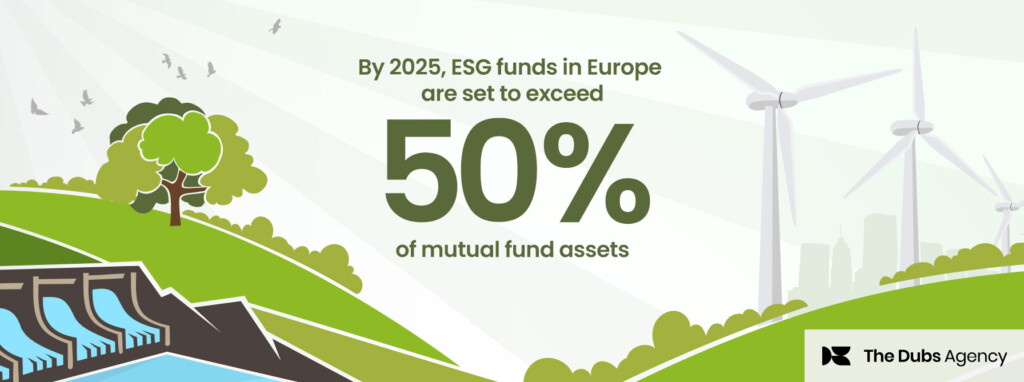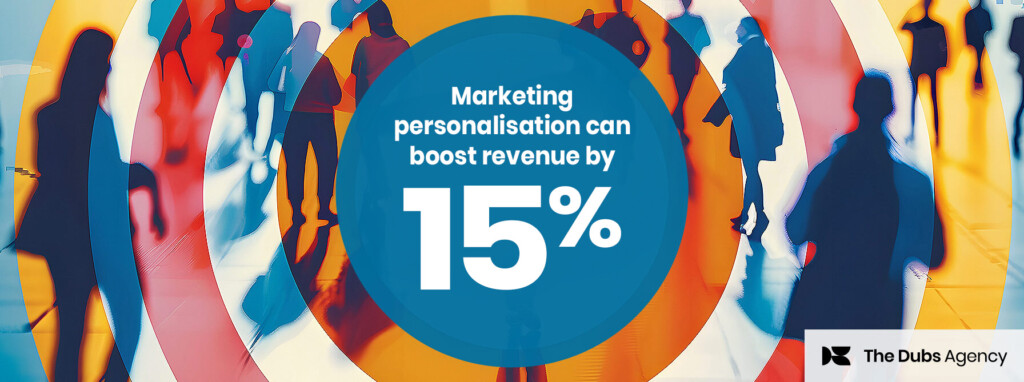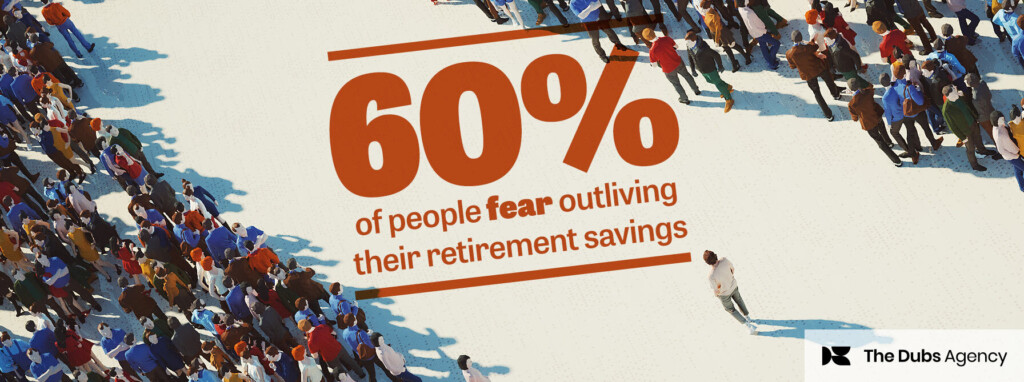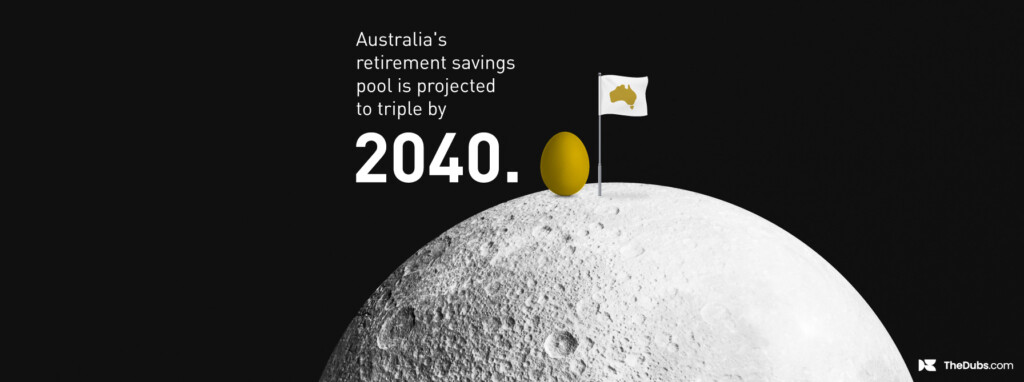We take a look at five ways insurance brands are employing gamification in their strategy to improve their customers’ lives and cut claims.
1. Gamification for emotional impact
Hong Kong’s MetLife Infinity app taps into customers’ emotions by giving users the ability to curate their own legacy. The app lets you upload important documents, write notes, and share memories, photos and videos with loved ones at a set date in the future – even upon your death. Infinity reassures customers that their memories will be preserved forever. One reviewer calls Infinity a first “step into the next era of inter-generational relations”, while MetLife VP, Sunshine Farzan says its unique benefit is “to share later what’s important now”. Perhaps unsurprisingly, Infinity is Hong Kong’s most popular insurance app, winning awards for its innovation.
2. Gamification for art’s sake
Progressive’s Art App gives users the ability to view to their private contemporary art collection, which currently includes 7,500 artworks from more than 2,000 international artists. The Progressive Art Collection began in 1974 and is seen as a reflection of their company culture, one that encourages open-mindedness to what is unfamiliar and different. The app allows users to view artworks and learn about the artists behind them, accepts artists portfolios for consideration, as well as offering internships.
The app is a tool to build Progressive’s image as a company that is in pursuit of innovation and change.
Subscribe now for content marketing insights and trends straight to your inbox.
3. Gamification can lower premiums based on behaviour
A 2016 survey of 2,005 British adults found that 85% would like their insurer to tell them how they could lower their premium, for instance through changes in behaviour. One solution comes from QBE. While not exactly digital gamification, QBE’s insurance box is an innovation aimed to attract customers, reduce claims, and keep drivers safe. Policyholders are sent a small device that fits under their dash and reports findings back to QBE, including speed, distance and heavy braking. These are then used to determine a fair premium.
[Full disclosure: QBE is a client of The Dubs]
4. Gamification encourages competition among users
According to Aviva’s Chief of Digital, Andrew Brem, data is key to any digital initiative and insurers have a bountiful supply of it – it’s just knowing how best to use it. For Aviva, they are using data to personalise games and reward users. Aviva’s Drive App puts GPS trackers in cars to measure speed, braking and cornering – creating a bit of friendly competition by allowing users to compare their data against that of their family or friends. Aviva have even made this challenge into a popular video series.
After 200 miles, drivers who score a 7.1 or above save an average of £170 on their car insurance. Their Drive app boasts more than 100,000 users. “The reason I think that is so powerful,” says Brem, “is because it’s not a do-goody instructional thing, it’s actually in effect a game. Everyone thinks they drive well and everyone thinks they drive better than their mates.”
Competitive gaming also works on the wellness side of the market. Bupa UK’s Bupa Boost app challenges users to monitor and improve nutrition, fitness, mindfulness and relaxation while encouraging competition against coworkers. It scores a 4.1 rating (out of five) on Google Play and users are checking in an average of 4.4 times a day.
5. Gamification can cut claims by encouraging fitness
United Healthcare’s Motion program helps organisations to improve the health of their employees by providing an activity tracker and app for recording their daily activity. By meeting daily walking goals based on frequency, intensity and tenacity employees have the opportunity to earn more than $1,000 to put towards out-of-pocket medical expenses. The app is personalised with local maps so users can get a sense of what 10,000 steps looks like in their own neighbourhood. At Wayne Densch, a Florida beverage distributor, 90% of employees participate in the program, which helped cut claims paid out by its healthcare plan by more than half in 2016.
Wellvolution at Blue Shield created a challenge called ‘Walkadoo’, where users are given personalised goals via text or email and a FitBit Zip to keep track of their activity. Director Bryce William says, “If you’re not meeting people where they are, all you’re doing is bringing horse-and-buggy solutions to a Maserati marketplace, and you won’t succeed.” In other words, people are already on mobile devices, so insurers may as well use gamification to take them from passive to active participants.
Gamification is a win/win for insurers and consumers
It is human nature to seek recognition for our efforts and gamification rewards players – and the insurer as well. With many insurance brands struggling to keep up with other customer service industries in terms of their digital offerings, gamification offers a way to engage customers, meet customer expectations and achieve business benefits in the process.
Image: Aviva
Related Article: Are Insurance And Super Apps The Future Of Finance?
Subscribe now for content marketing insights and trends straight to your inbox.

